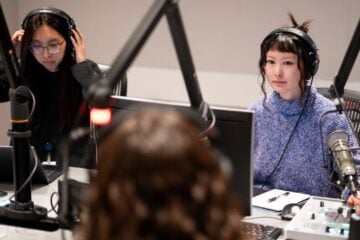Expansion of Nashville Public Radio prioritizes staff diversity with goals to better serve growing city
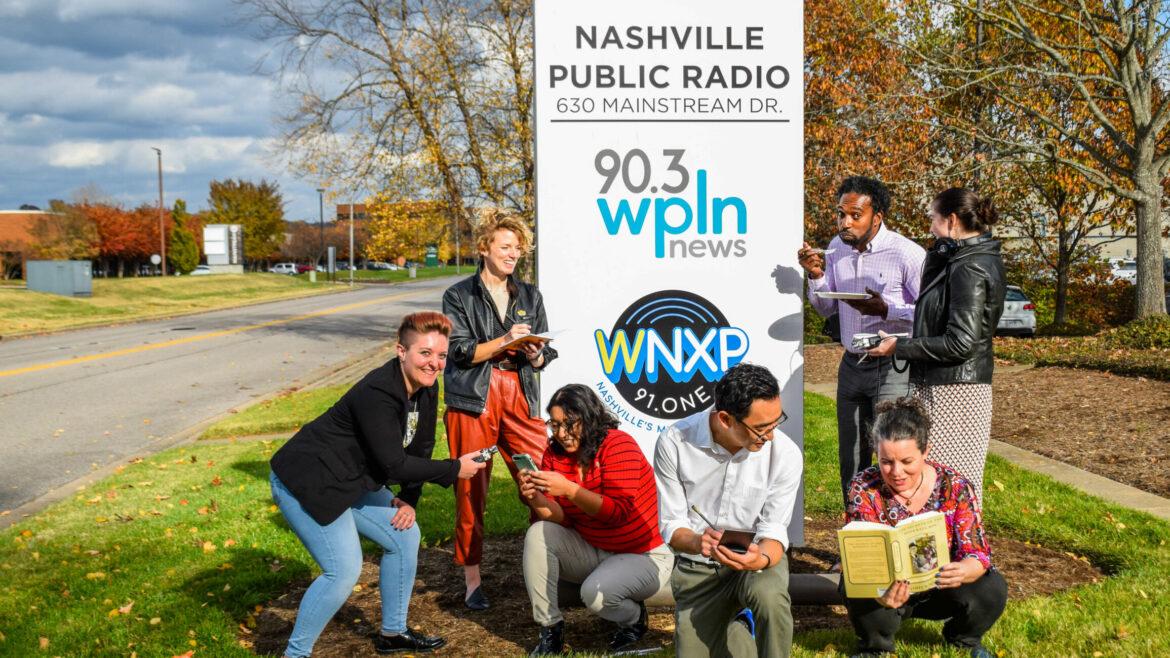
Rachel Iacovone
The staff of "This Is Nashville" outside of the WPLN News studio. From left: Mikayla Elias, Andrea Tudhope, Anna Gallegos-Cannon, Steve Haruch, Khalil Ekulona, Tasha Lemley and Rose Gilbert.
As Nashville Public Radio initiated a CEO search in 2018, its board of directors agreed that the organization needed leadership that would expand its service to the community.
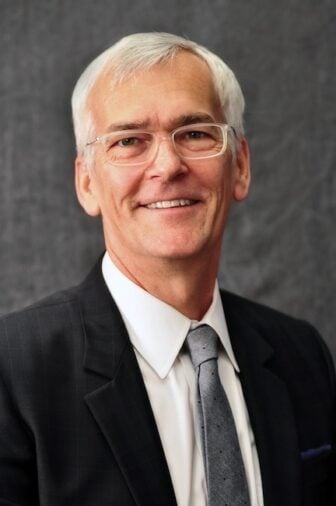
Curt Thorne, an entrepreneur investor who chaired the search committee, was among the board members who believed the city needed more from its community-licensed public radio station. WPLN, Nashville Public Radio’s NPR News station, was subsidizing operations of its all-classical service, which was losing money. And the station’s staff and audience did not reflect the changing demographics of the metropolitan region.
“Nashville has been growing rapidly,” Thorne explained. The city’s population had increased 2% annually since 1991, and the station was serving a market of nearly 2 million people with 25 full-time employees. Nashville Public Radio’s membership program was not keeping pace with the rate of growth, he said.
Board members saw the underperformance as a sign “that we had a big opportunity,” Thorne said. They also believed Nashville Public Radio had a public service mandate to do better.
“The big driver was our imperative to fill the breach left by the exit of for-profit media,” Thorne added. “At the local level, public radio is arguably the last chance for fulfilling the need for independent media in a functioning democracy.”
The CEO search ended in spring 2019 with the hiring of Steve Swenson, a veteran CBS Radio executive who has led a rapid expansion of WPLN’s newsroom and launch of Triple-A music station WNXP.
The changes are part of a larger strategy for Nashville Public Radio’s stations to build audiences while expanding the size and diversity of the staff. Swenson sees workforce diversity as essential to creating the public service that’s needed in the region.
“We were a primarily white organization living in Nashville,” Swenson said. In Davidson County, where Nashville is the county seat, 45% of residents identify as BIPOC, according to the 2020 census. In 2019, just 15% of the station’s staff identified as BIPOC, he said. “We did not have voices inside [the organization] that we were supposed to be serving [in the community].”
Opportunity for ‘music discovery’
After analyzing opportunities for growth within the market, Nashville Public Radio made its first major change in late 2020 by replacing the classical format on 91.1 FM with Triple-A music. Research had pointed to the “opportunity for a new music discovery station,” Swenson said.
“Our classical [format] was losing revenue every year, and we made a decision that we as an organization couldn’t afford for that to be the case,” Swenson said.
Nashville Public Radio added five new staff positions for the launch of WNXP. The costs were partially covered by annual commitments from about a dozen founding members and sponsors. Initial concerns about financial losses from the switch have abated as WNXP has doubled its corporate support revenue in the first year.
Audience growth has lagged behind the revenue gains. But Swenson, who attributes the slow growth in part to the disruptions triggered by the coronavirus pandemic, sees signs of progress.
WNXP is targeting Nashvillians ages 18–49, a demographic that extends beyond the listenership of Nashville Public Radio’s existing channels — 45+ for classical music, which continues as a digital stream and HD Radio channel; and adults aged 25–54 for WPLN News.
“As the world is reopening and people are getting back in their cars, they are finding [WNXP],” he said. “We’ve found growth in 25 to 34-year olds every single month of the past five months. We think things are catching on.”
‘Dramatically younger organization’
Another audience growth strategy that Swenson brought to the board early on was the launch of a one-hour daily news program on WPLN News. A strong local news presence is a common anchor for public radio stations in similarly sized markets that was noticeably absent in Nashville.
“We had three hours of National Public Radio content during morning drive and evening drive, and the only locally produced content people were hearing were short segments,” Swenson recalled. A daily local news program would help to increase appointment listening, and in turn boost corporate support revenues and time spent listening, which drives membership gains.
The strategy for a daily news show took longer to plan and implement, however. VP of Content Anita Bugg advised Swenson against launching the program without first building the newsroom’s capacity to produce more content.
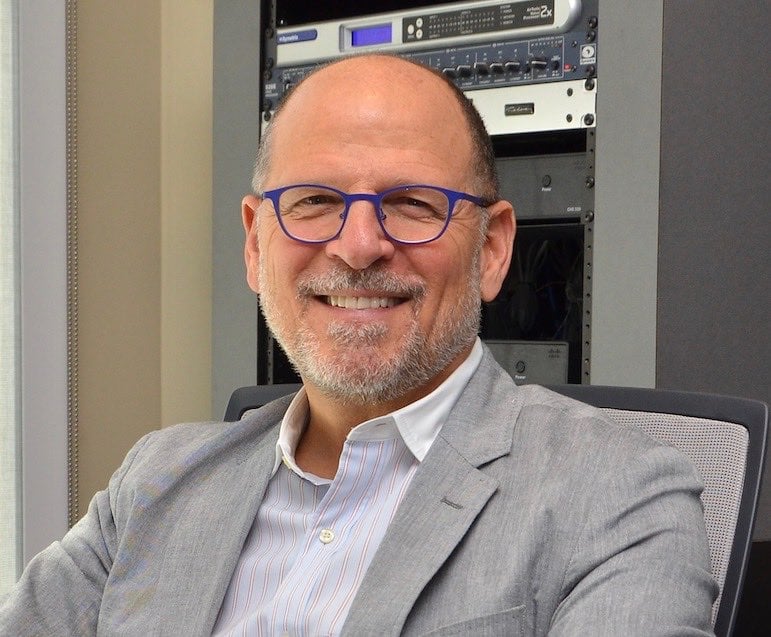
Neither Swenson nor Bugg wanted the new show to be “just a host and producer and long-form interviews,” Swenson recalled. Instead, they wanted it to provide an opportunity for WPLN’s reporters to showcase their journalism.
So from 2019 to 2021, the WPLN newsroom grew from eight staff, including one reporter who covers health care and another assigned to state politics, to a staff of 26. The number of reporting beats has expanded to include education; criminal justice; the environment; metro government; and music, arts and culture.
A combination of corporate sponsorship, foundation support and a major gift from a family trust funded the addition of new beats. Proceeds from the station’s endowment, which saved funds during development of the new show, supported a portion of newsroom operations. When WPLN News hosts began to talk on-air about ambitions to launch a new daily show, at least one foundation inquired about supporting the effort, Swenson said.
WPLN News hired key staff for This Is Nashville last summer. Executive Producer Andrea Tudhope arrived from Kansas City, Mo., and Host Khalil Ekulona came from KUMN in Albuquerque, N.M. The pair spent their first seven months conducting interviews to better understand issues in the Nashville region. They also solicited feedback from community members, many of whom were unfamiliar with or uninterested in Nashville Public Radio, to inform how the show delivers on its mission to be “driven by community, for community.”
Through a survey, in-person meetups, a community focus group and a virtual listening session, participants said they wanted media coverage that highlights shared values and the ways in which multiple groups contribute to the community, Tudhope said. Many asked for coverage that would “help all of our various neighborhoods feel more connected as one city.”
Since its debut in early March, This Is Nashville has produced programs about nurses suffering from burnout during the pandemic, “navigating Nashville when you have a disability” and Black country music.
To create a team that intentionally represents “old” and “new” Nashville, Tudhope and Ekulona hired five additional staff who already lived in the city. Having that tension within the staff allows the team to be in touch with how that dynamic plays out in the community and create coverage that bridges those experiences, Swenson said.
The show team also reflects a shift in the diversity of Nashville Public Radio’s staff overall, which is now 35% BIPOC. Nearly half of the station’s on-air voices identify as BIPOC.
“We are a dramatically younger organization,” Swenson observed. “Most of the new people we’ve hired are probably in their 20s or 30s. That has been energizing.”
But the growth of the Nashville Public Radio’s staff and program services has brought challenges. Many of the changes occurred while staff were teleworking during the pandemic. As employees return to the office, or join colleagues in-person for the first time, they’re finding a different organizational culture, and one that’s still in the throes of change.
“I realized some years ago that I like change and not everyone does,” Swenson explained. “I see myself as a change agent, and I realize that means you have to work hard to bring everyone along. Sometimes you need to prod a little bit to help people get there, and sometimes you need to chill a little bit. Just as we talk about our mission to the public, we need to talk about it internally too.”
Nashville Public Radio retained Culture Shift Team, a consultancy specializing in multicultural marketing and DEI education and strategy, to train staff on how to have constructive conversations and build the skills to address conflict when it arises. “It’s hard work for everyone — for employees, for leadership.” Swenson emphasizes.
For the next phase of its audience development process, Nashville Public Radio plans to build out strategies for marketing and events. And in the fall, staff and leadership will begin working with Poynter Institute’s Digital Transformation Program.
As its growth and diversification continues, the organization is grappling with the demographic shifts and cultural changes that many public media stations face.
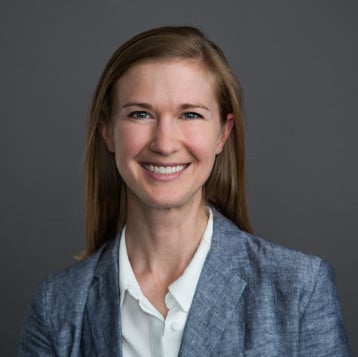
These changes can feel scary, Swenson acknowledged, adding, “We needed to help our culture be less risk-averse and less fearful of trying new things.”
Ellen Guettler is senior manager, content and projects for Greater Public, which both supports and challenges public media to embrace best practices and innovations. Prior to Greater Public, Guettler worked at American Public Media as a producer and content developer. She reported and contributed this piece following Steve Swenson’s participation in the leadership roundtable conversation “Moving Beyond Preservation to Innovation” that was part of Greater Public’s Audience Development Summit.


